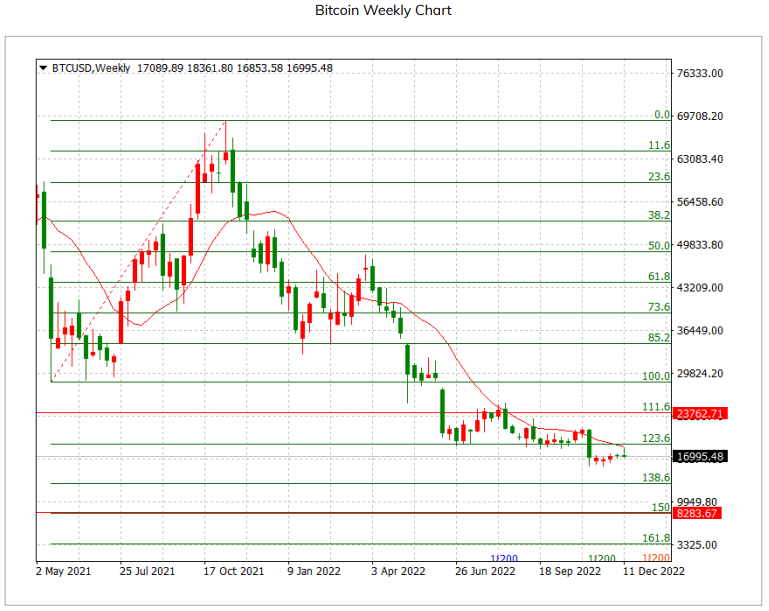newsroom
Publish Date: Mon, 16 Jan 2023, 09:30 AM
New cryptocurrency trends of 2022 started in the 2nd quarter when major central banks actively tightened their monetary policies. Significantly tighter liquidity sent the cryptocurrencies into a steep fall in 2022 until we got temporary stability in the 3rd and 4th quarters. Due to the sharp decline in cryptocurrency prices for many months in 2022, reports emerged about cryptocurrency trading platforms and exchanges struggling with funding problems. The struggles were severe because some platforms could not process clients’ requests for cryptocurrency trading and cash withdrawals. Last November, FTX, one of the world’s largest cryptocurrency trading platforms, filed for bankruptcy protection, one of the most prominent bankruptcy cases in recent years, creating panic in the cryptocurrency market and further driving crypto prices lower. Take Bitcoin, which has the largest market cap among all cryptocurrencies. The crypto’s price dropped to its two-year low of USD 18,000 and even hit a new low of USD 15,500. With the cryptocurrency market gradually stabilising after the massive decline, investors and cryptocurrency market participants adopted a wait-and-see attitude towards the latest developments regarding FTX. Cryptocurrency holders were anxiously waiting for the arrival of “white knights” to rescue the exchange from the crisis, which is what Binance, the largest cryptocurrency exchange, tried to do before quickly withdrawing its offer.
However, FTX’s bankruptcy not only made investors increasingly worried about the cryptocurrency market but also drew the attention of global regulators about the necessity of more stringent market regulation. In the future, we will see regulatory institutions impose more restrictions on the operations and trading activities of the cryptocurrency market, adversely affecting the trading and development of cryptocurrencies.
Furthermore, over the past decade, changes in cryptocurrency prices were related to the financial markets and economic environment. When monetary policies and access to credit in the financial market tightens or the economic climate becomes risk averse, the cryptocurrency market generally contracts, sending prices lower.
Given the trend of increasingly tighter monetary policies implemented by global central banks in Q1 2023 and a weakening economic climate, cryptocurrency prices are expected to drop. The degree to which regulatory authorities increase their regulation of the cryptocurrency market should also be monitored. If the Fed says that its rate hike cycle could stop before the end of Q1 and other regulators impose limited regulations, then these factors could have a positive impact on cryptocurrencies.
Technical Analysis of Bitcoin
Bitcoin is the crypto that commands the largest market share in the cryptocurrency market and is often used to predict the movements of the entire cryptocurrency market. The following is the weekly chart of Bitcoin. Technically, Bitcoin experienced a “free fall” in Q2 2022, but maintained sluggish movement after breaking the USD 25,000 level. In Q4 last year, it broke the critical support zone at USD 17,000 and was held back by the 10-week resistance line. The extension of its downturn is expected to reach the golden ratio of 138.6% at the USD 12,540 support zone. If this position is breached, then its would open the downtrend gap and investors should pay attention to the next golden ratio of 150% at the USD8,284 support area. On the contrary, if Bitcoin trades above the 10-week resistance line, participants should pay attention to the USD 23,762 level or its 100% golden ratio at USD 28,359.

By Martin Lam, ATFX Chief Analyst of Asia Pacific












